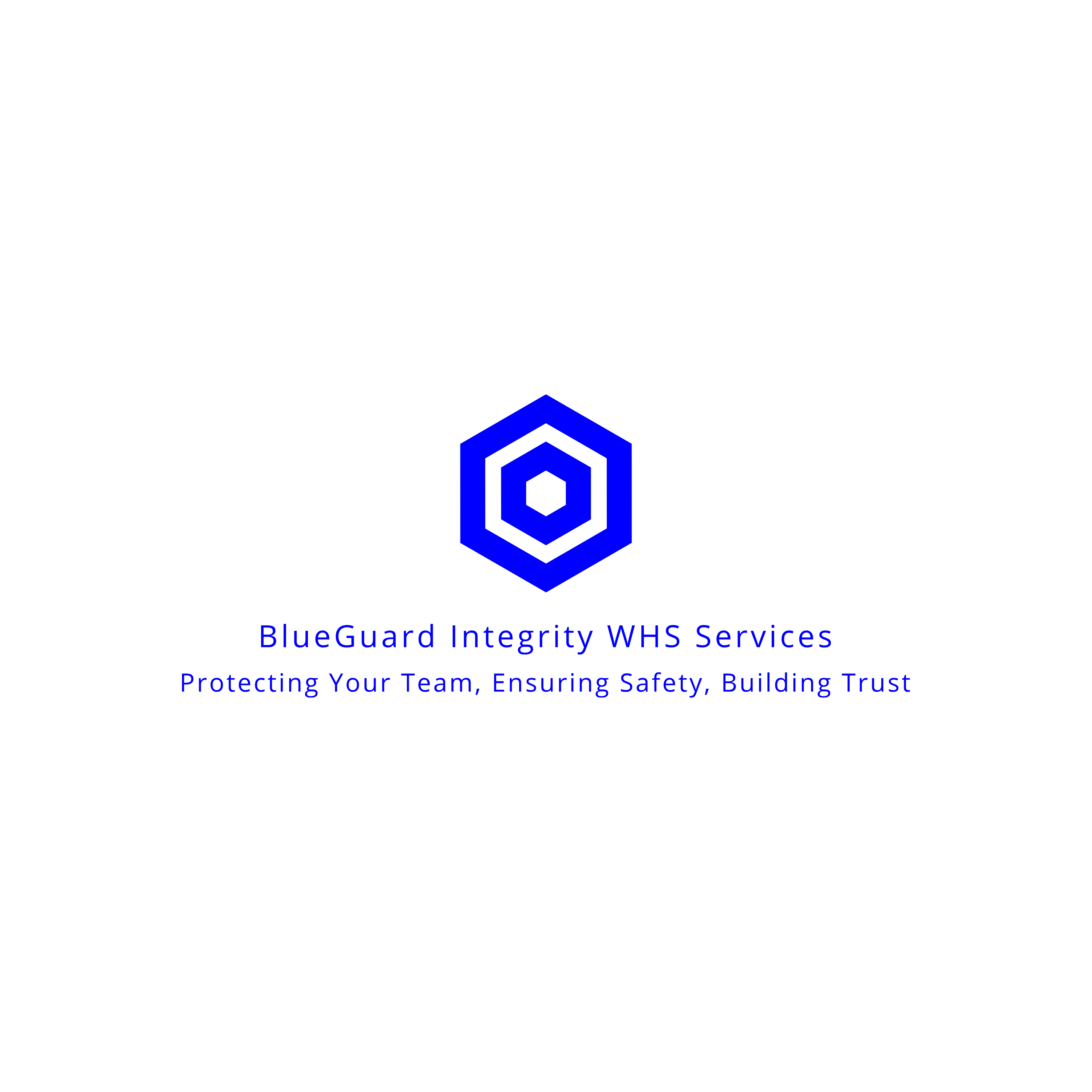Beer, Pills and Power Tools Don’t Mix: The Law on AOD at Work
- Rob Hubbard

- Sep 25
- 2 min read
Fitness for work is more than just being physically present on the job — it’s about being mentally alert, unimpaired, and ready to perform safely. One of the key risks that employers must manage under Work Health and Safety (WHS) legislation is impairment caused by alcohol or other drugs (AOD).
So, what does the law actually say? And how can businesses demonstrate due diligence while supporting their people?

The Legal Duty
In Western Australia, the WHS Act 2020 and WHS Regulations 2022 place a clear duty on businesses (PCBUs) to protect workers, so far as reasonably practicable, from risks to health and safety.
Section 19 of the Act requires employers to eliminate or minimise risks — this includes impairment.
Regulations 32–38 require hazards to be identified and risks controlled.
Regulation 39 calls for safe systems of work, training, and supervision to ensure workers are fit for duty.
Importantly, the law doesn’t specifically mandate AOD testing. Instead, it requires businesses to show how they are managing the risks of impairment.
What This Means in Practice
For many industries — particularly high-risk ones like mining, construction, transport, and local government — impairment poses serious safety consequences.
A practical, defensible approach often includes:
A clear AOD policy developed with worker consultation.
Testing programs (pre-employment, random, post-incident, for-cause) based on risk.
Training and awareness so workers understand expectations.
Support pathways such as Employee Assistance Programs (EAP) or rehabilitation.
Many organisations also align with best-practice standards such as ISO 45001:2018, AS/NZS 4760:2019 (oral fluid testing) and AS/NZS 4308:2023 (urine testing) to ensure processes are fair, accurate, and transparent.

Case Study: Lessons from the Mining Sector
On a WA iron ore site, a haul truck collided with a light vehicle during night operations. The driver was subjected to post-incident drug testing in line with the site’s WHS policy.
The initial test returned an unconfirmed result for methamphetamines.
Confirmatory testing later showed no illicit substances, only prescription pseudoephedrine (cold medication).
The driver was cleared, and no disciplinary action was taken.
What mattered most was how the employer handled the process:
The incident was investigated as a systems failure (fatigue and communications breakdown), not just a worker issue.
Toolbox talks were used to educate the workforce on cross-reactivity and fair testing.
The AOD program was reinforced as part of a broader fitness for work strategy.
This approach demonstrated compliance with WHS duties, supported the worker, and strengthened trust in the testing system.
The Takeaway
Legislation doesn’t require employers to test workers for alcohol and other drugs — but it does require them to manage the risks of impairment.
AOD testing is one powerful way to demonstrate due diligence. When combined with clear policies, education, and support systems, it helps keep workplaces safe, fair, and productive.

👉 At BlueGuard Integrity, we believe AOD testing is not about judging lifestyle — it’s about ensuring workers are fit for work and able to get home safe.




Comments